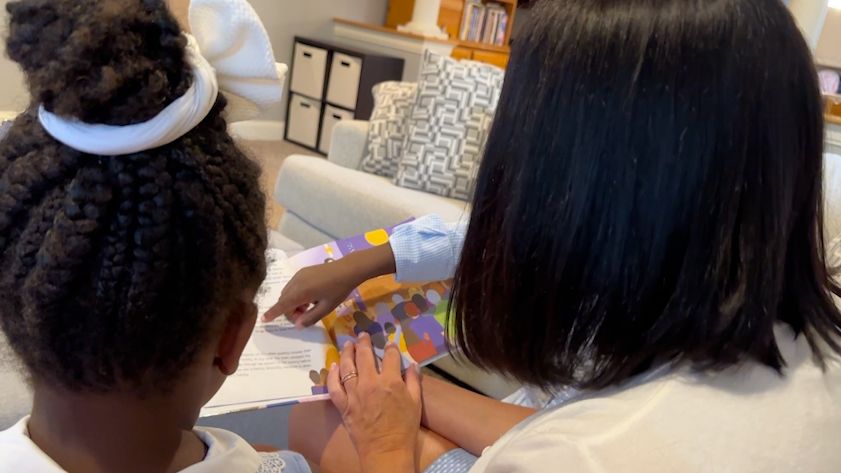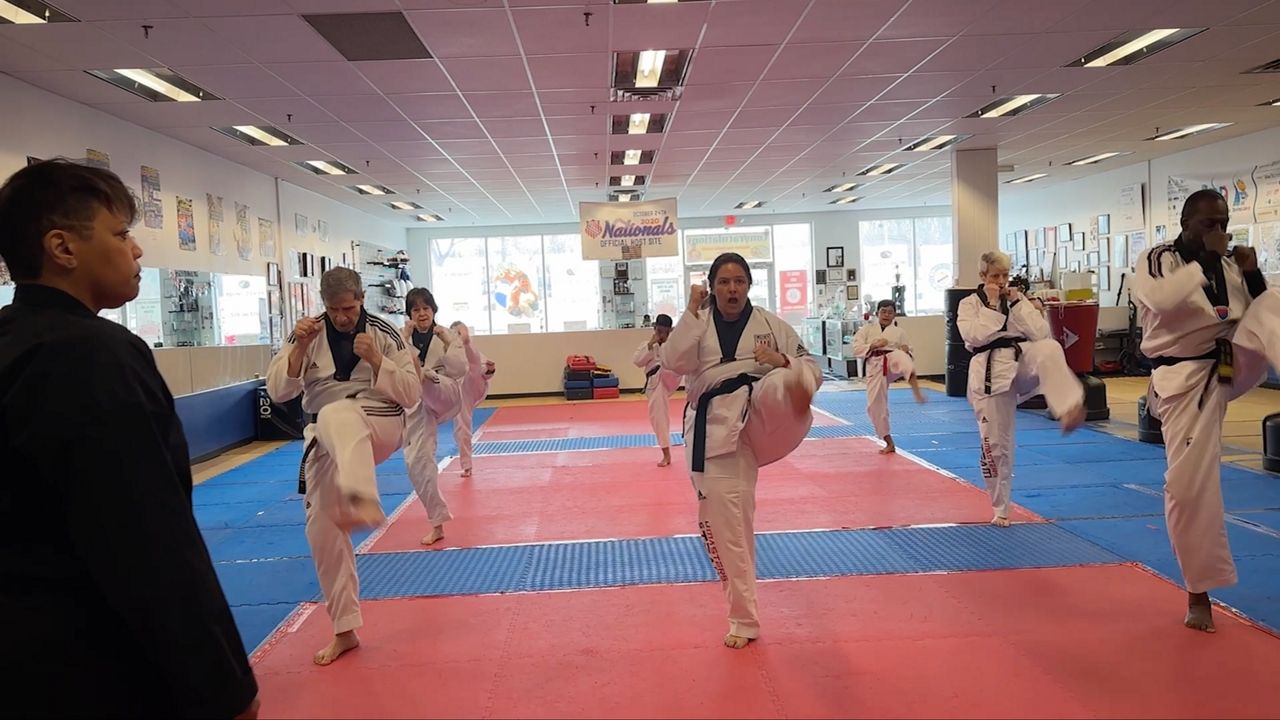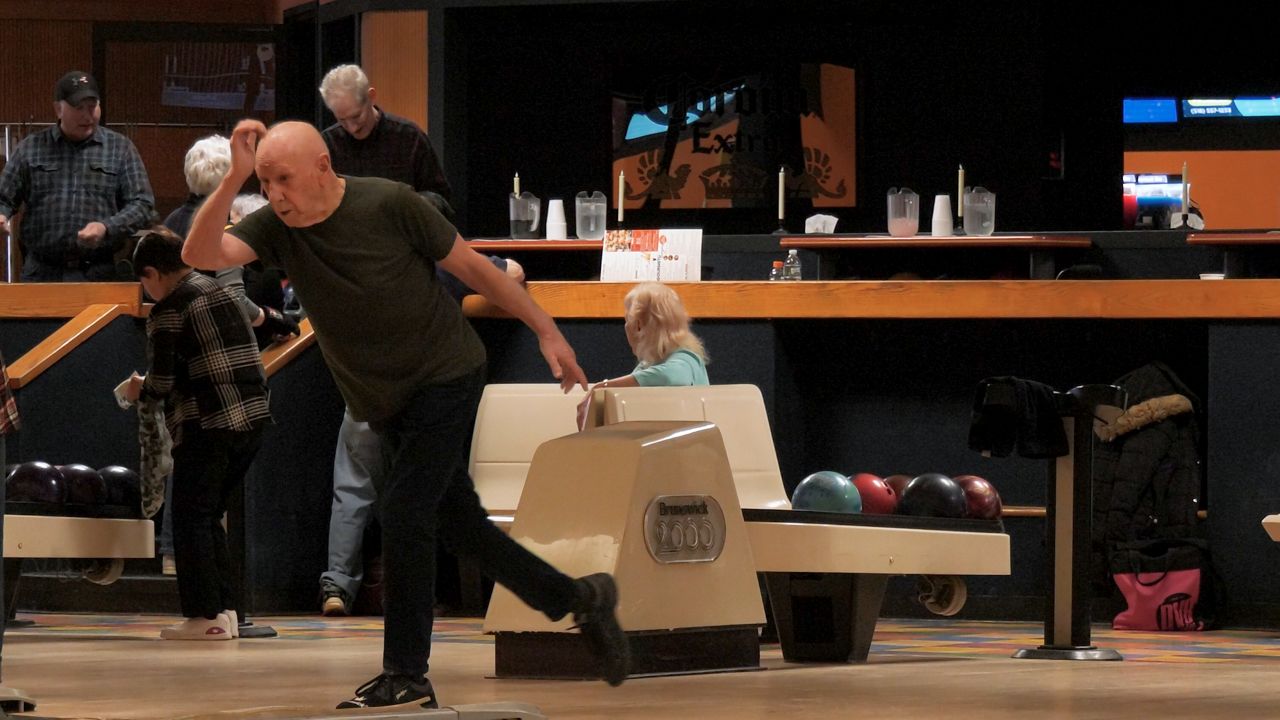The rates of homeless female veterans have been increasing over the last few years, according to the Albany Stratton VA Medical Center.
A new transitional housing for veteran mothers and their children is in the works in Ballston Spa, and Spectrum News 1 has been digging deeper to learn more about how extensive the issue is and what other resources are out there.
"I couldn't put one foot in front of the other in the directions I wanted to, because there was so much going on and I too, played a part in not paying attention to some of the things I needed to pay attention to," said veteran Lourdes Santana.
What You Need To Know
- In January, the Albany Stratton VA identified 37 of the women they serve as homeless
- The number has tripled since 2018
- The VA increased funding for their women's homeless programs to curb the number
After leaving the Army, Santana struggled with homelessness. It would be 12 years before Santana would find her way to the Albany Stratton VA Medical Center to address her medical issues and get help finding permanent housing.
She says she simply didn't know the assistance was out there.
"Coming through the service over 30 years ago, I guess it might have changed, but there weren't a lot of services for women," said Santana. "Fast forward to the present; now there has been some changes, but I always felt like we were second. We were vets, but we were second."
The pandemic exacerbated the already high number of female veterans who need help.
In January, the Albany Stratton VA identified 37 of the women they serve as homeless. That's nearly three times higher than in 2018. In response, VA increased funding for their women's, mental health, and homeless programs to curb the number.
"Predominantly, it's male veterans who are seeking services; there are less women in the military and leaving the military, but we are seeing an increase in homeless female veterans and a lot of them are moms with children," said Homeless Veterans Program Manager Maureen Corbett.
Corbett says the number of female veterans who need help is higher than what they've been able to count, but many might not be on the VA's radar. She adds they face unique challenges which can make it overwhelming and daunting to seek help.
"There's higher rates of military sexual trauma. There's definitely PTSD. They will also come out and have trouble adjusting to civilian life; they might be a single parent; they might lose a job because of some untreated mental health," said Corbett.
The Women's Care Wing was built with those things in mind. The all-female area of the medical center offers a predominantly female staff, with medical care and peer support.
"Really, it's catered to make sure veterans feel safe and comfortable," said Corbett. "That's really what the focus is when they come in. We want to make sure they're comfortable, that they come back and they get the services and the care they're entitled to and that they need."
With the resources out there, Corbett says it's truly a matter of taking the first steps: checking with the VA to find out what you're eligible for, like Santana did all those years ago.
"Be able, make yourself available, and willing to whatever it is that you've got to do to get the resources you need and you won't regret it. I promise that you won't regret it," said Santana.









